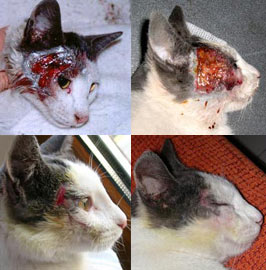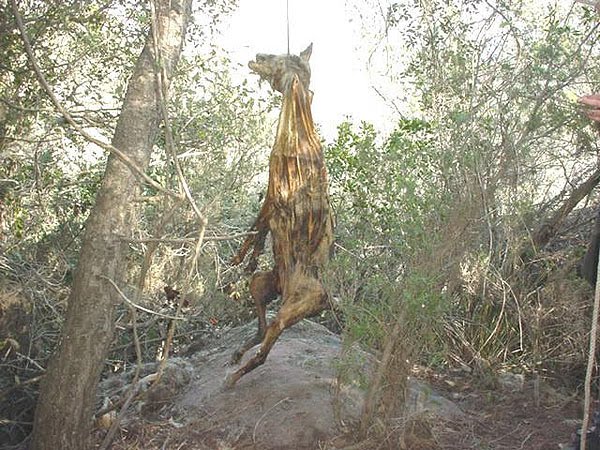Hi there,
If you spend a significant amount of time outdoors, you are aware of the unique challenges that exist in wilderness medicine due to the remote nature of the wilderness. Handling emergencies in these far-reaching locations can be more complex compared to other situations. It requires special skills and training for wilderness first responders to overcome the distance from professional medical care and rescue.
To help ensure your safety during wilderness adventures, consider the following tips. Remember, some situations may necessitate seeking the assistance of a professional in wilderness medicine.
First Aid:
A vital piece of equipment for a wilderness first responder is a well-stocked first aid kit. If possible, consider taking a remote first aid training course to prepare.
The kit should include the following items:
Sterile dressings
First aid tape
Antibiotic ointment
Vinyl gloves
Needle, thread, and small scissors
Over-the-counter pain medications
Waterproof adhesive bandages
Tweezers
Iodine solution
Sterile water for wound cleansing
Antihistamine medication
Topical allergy cream
Salt tablets
Emergency devices for treating anaphylactic shock after an allergic reaction.
Shock:
Shock can occur even in minor cases following an injury, where the body essentially starts to shut down. Common symptoms include a weak and rapid pulse, clammy skin, and an overall feeling of weakness and faintness.
Treatment begins by addressing the underlying medical emergency, such as stopping bleeding, restoring breathing, and treating broken bones or fractures. Once the patient is more stable, take the following steps:
Keep the patient warm and secure.
If there are no chest or head injuries, elevate the legs.
In the case of head or chest injuries, elevate the upper body.
Place an unconscious person face-down to prevent aspiration of vomit or blood.
When Someone Has Stopped Breathing:
Initiate mouth-to-mouth resuscitation as quickly as possible.
If you have a pocket face mask available, use it between yourself and the patient.
Place the patient on their back and tilt their head up to open the airway.
Pinch the nostrils to prevent air from escaping and cover the patient’s mouth with yours.
Blow into the patient’s mouth and observe if their chest rises. If it does not, check for blockages in the airway.
Repeat the process twelve to fifteen times per minute.
Bleeding:
Control blood flow by applying a clean bandage to the wound and applying pressure. In case of severe bleeding, locate the pulse closest to the injury and apply pressure there. If the bleeding continues to persist, consider using a tourniquet as a last resort.
Fractures:
Identifying fractures in the wilderness is challenging, but certain signs can provide an indication. When in doubt, treat the injury as a fracture. Signs of a fracture include:
Deformity in the injured area
Inability to bear weight or apply pressure without significant pain
Grating sounds or sensations when moving the area
Pain in the suspected fracture area
Treating a fracture in remote areas is complex. It is recommended to transport the injured person to emergency medical help as quickly as possible. If the bone has penetrated the skin, avoid pushing it back into place. If feasible, splint the fracture by:
Placing sticks, rolled-up newspaper, thin pieces of wood, or other sturdy objects on either side of the injury, including the joint above and below if feasible
Securely taping or tying the splint together, avoiding the injured area as much as possible
Ensuring the splint is firm but not so tight that it restricts circulation to the area
Dislocation:
A dislocation occurs when the surrounding ligaments or tissue tear, allowing the bone to move out of the joint. Immobilizing the affected area is the recommended treatment for a dislocation until medical help can be obtained. Never attempt to relocate a dislocated bone without proper remote first aid training.
(Continue reading by clicking the button below)









No hay comentarios:
Publicar un comentario